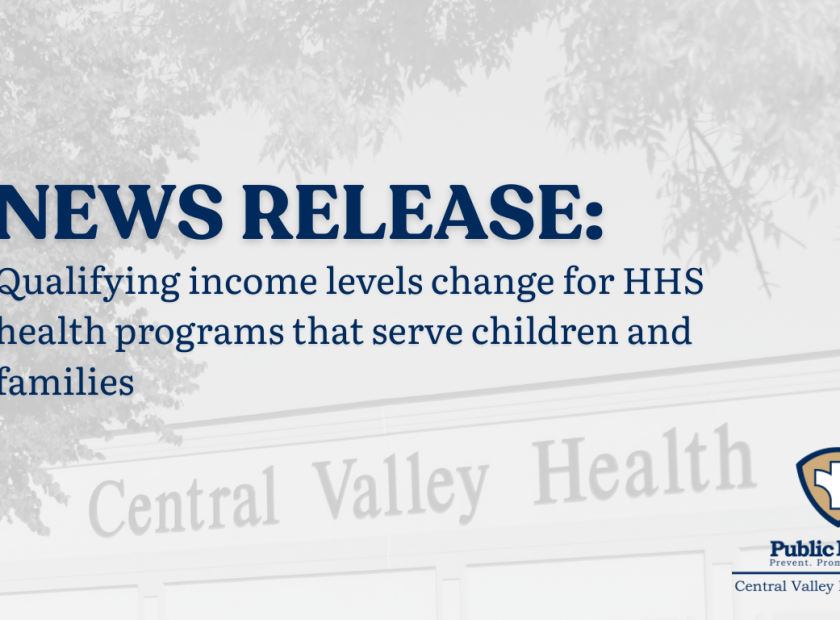By Keith Norman, For The Jamestown Sun
JAMESTOWN — While there has not been a confirmed case of measles in North Dakota since 2011, there is at least some interest in vaccinations among adults, according to Kim Lee, director of nursing for Central Valley Health District.
“A few vaccinations for those 55 and older,” she said. “Boosting because of travel.”
Lee said the total number of vaccines over the past few weeks has been fewer than five but CVHD does stock the vaccine and has it available for children and adults.
Young children typically get their measles vaccine at a clinic when they are getting their checkups, she said.
The U.S. is seeing a spike in measles cases this year. There were 607 confirmed cases in the U.S. in 21 states with 74 of those cases requiring hospitalization as of Friday, April 4, according to the Centers for Disease Control and Prevention. One child who was not vaccinated died of measles in Texas, and another death in New Mexico is under investigation, the CDC said. In that case, the person tested positive for measles and was unvaccinated, the CDC said.
In 2024, a total of 285 measles cases were reported in the U.S.
Measles is highly contagious and anyone not protected against it is at risk, according to the CDC. If one person has it, up to 9 out of 10 people nearby will become infected if they are not protected.
Danni Pinnick, immunization surveillance coordinator for the North Dakota Department of Health and Human Services, said measles can spread by airborne particles. If there is one infected person in a room of unvaccinated people, they would expect 90% of the unvaccinated people to become ill and 20% sick enough to require hospitalization.
“Measles vaccines have been around since 1963 and made more effective in 1967,” Pinnick said. “People born since the early 1960s have either been vaccinated or had measles.”
Pinnick said the vaccination is commonly given in early childhood and gives the person a very weak case of measles.
“We commonly vaccinate as soon as it makes sense,” she said. “It is best as young as possible because the greatest risk from the disease is those under the age of 5.”
The MMR (measles, mumps and rubella) vaccine is commonly given in two doses.
“The measles (vaccine) is very effective,” Pinnick said. “It is about 90% effective after one dose and 97% to 98% effective after the second dose. MMR is not something boosted.”

Pinnick said the year 1957 is used when discussing possible vaccinations with adults.
“People born before 1957 are assumed to have had the disease,” she said.
Officials try to check vaccination records for people born after 1957 although those records are sometimes missing or incomplete. There is a medical test to check for antibodies.
“It would probably make more sense to get another immunization,” Pinnick said.
Vaccinations were mandatory for all North Dakota school children starting in the early 1970s. It wasn’t until the late 1990s when parents were allowed to exempt their child from vaccinations on the grounds of religious or personal beliefs.
In Stutsman County, 95.6% of high school juniors were vaccinated for measles this school year. This compares to the statewide average of 97.02%.
Some districts in Stutsman County have a 100% vaccination rate among their high school students. These include Pingree-Buchanan and Montpelier. The Anne Carlsen Center also has a 100% vaccination rate among their high school students.
Parents should talk to their doctors about the risks associated with getting their children the vaccine or exempting their kids from the vaccine.
“The school vaccination rates are down,” Pinnick said. “That is what we are worried about.”
The rate for kindergarten students in Stutsman County drops to 91.6%, while 89.6% of kindergarten students across North Dakota are vaccinated for measles.
While the last confirmed case in North Dakota was 14 years ago, the Department of Health and Human Services has protocols to respond to another measles case. Even before the case is confirmed, staff would seek to create a list of people the infected person had come in contact with and prioritize any lab work related to confirming the case.
Early symptoms of measles are similar to the common cold but ultimately expand to a full-body rash that starts at the head along with a high fever and sensitivity to light.
“It is not a mild disease,” Pinnick said. “Parents will be shocked by how sick their kids get.”
Pinnick said the goal is to get the highest vaccination rate possible of at least 95%.
Families of children infected with measles could be quarantined and prohibited from leaving their homes for up to three weeks under North Dakota regulations.
“There are consequences of not vaccinating,” Pinnick said.
Lee said public health organizations are staying prepared.
“All we can do is sit and hope,” she said. “We are always just one person away from an outbreak.”





